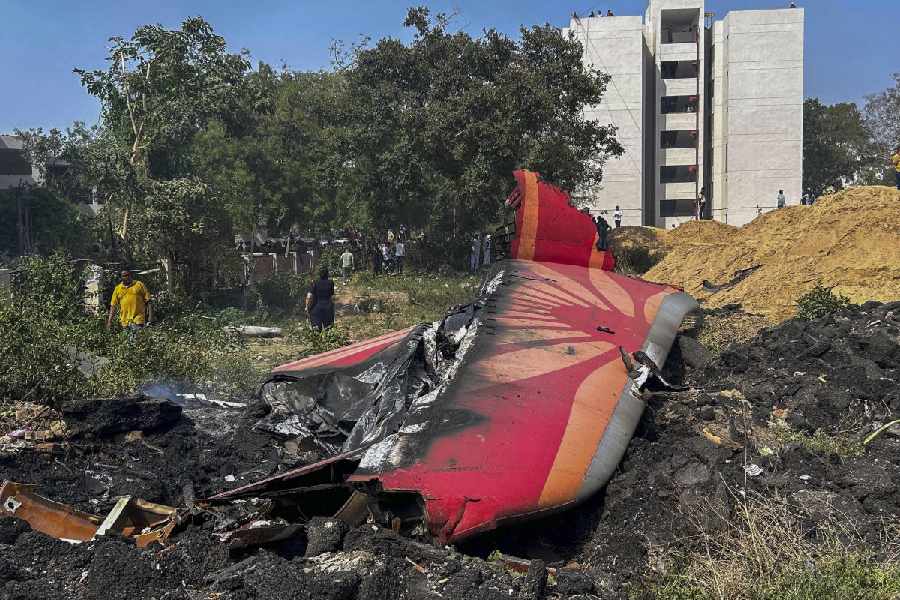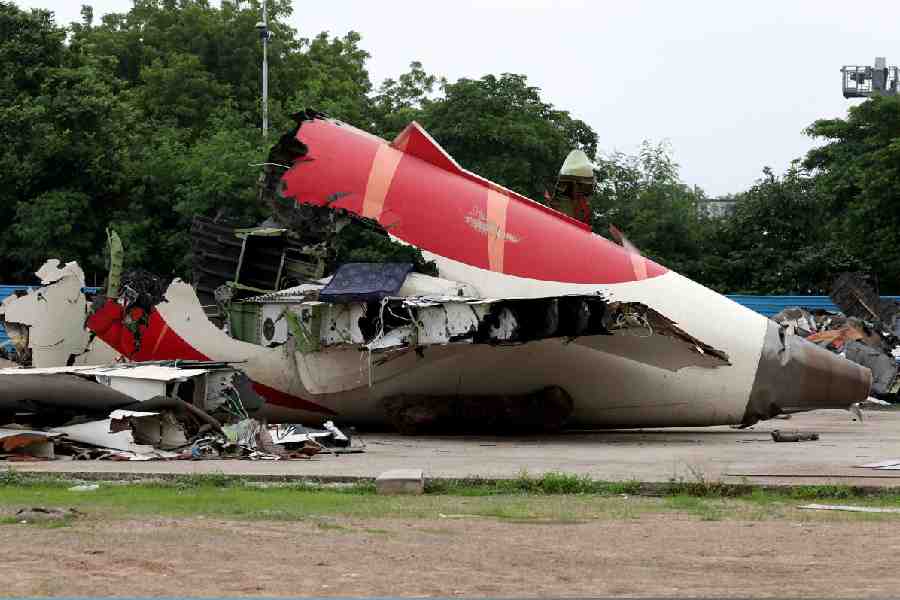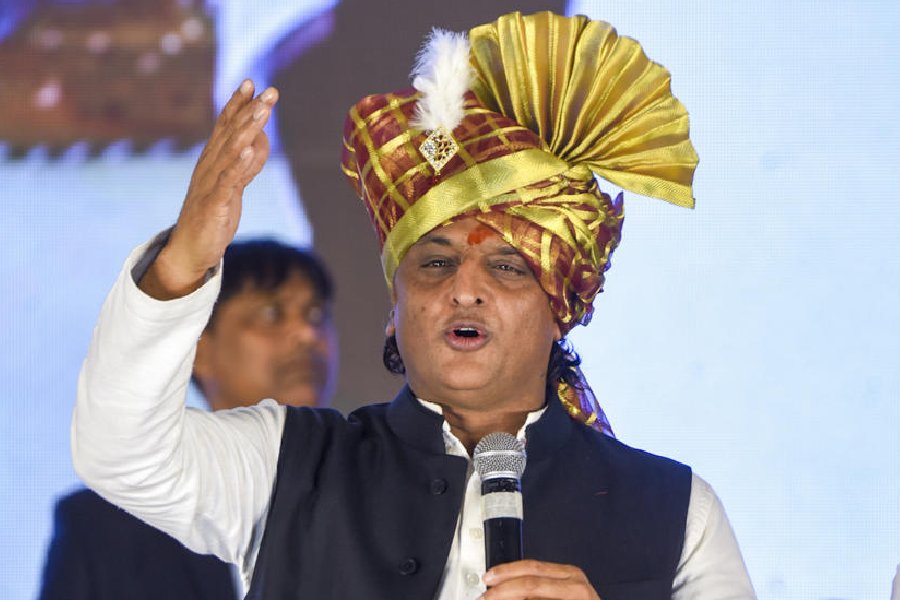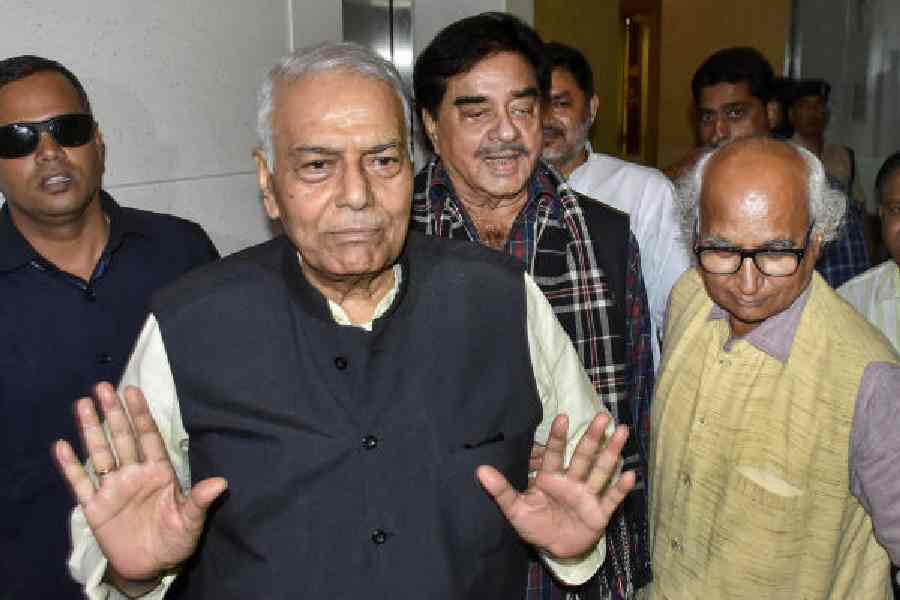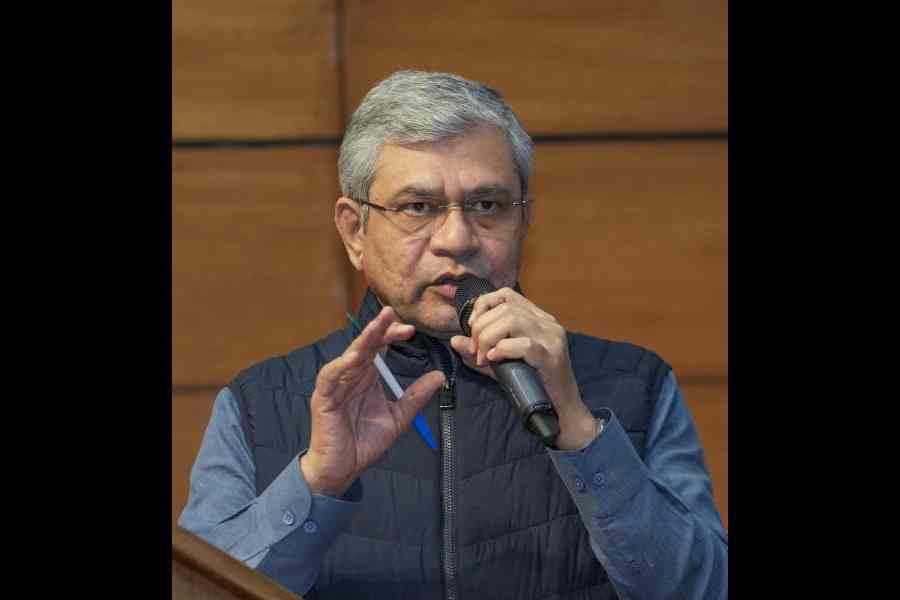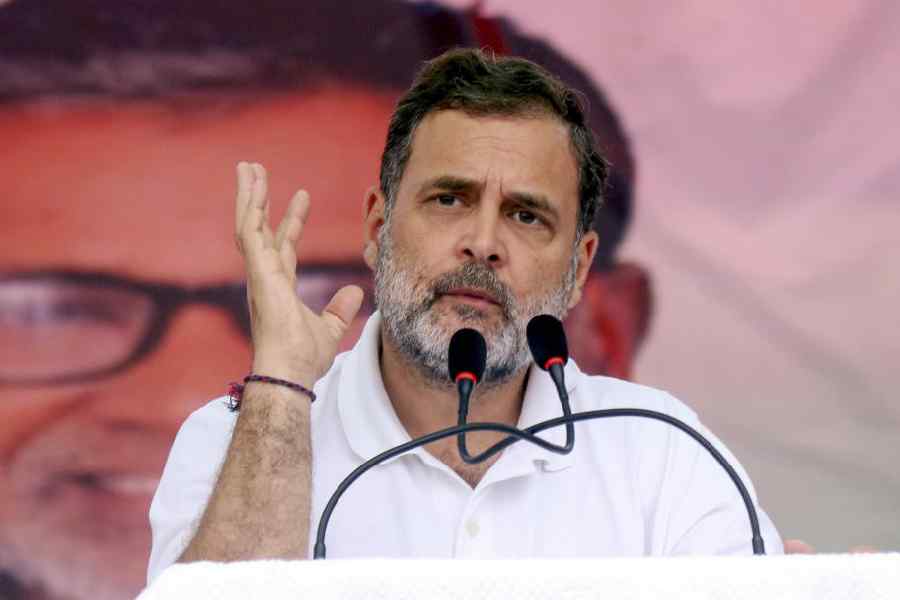A veteran pilot and aviation consultant has suggested that investigators should also focus on a possible fault in flight AI171's stabilizer, which he believes could have created conditions for the plane's crash, albeit due to an unintended mistake by the pilot.
Air India flight 171, which crashed moments after taking off from Ahmedabad, killing 241 on board and 19 on the ground, had arrived from Delhi before its onward journey to London Gatwick on June 12. The crew reported a fault with the stabilizer to engineers in Ahmedabad who fixed it, according to a preliminary report into the investigation released on July 12.
Aviation expert Captain Ehsan Khalid told PTI that investigators should also check the flight data recorder for stabilizer inputs data, in case it was not fixed properly and created conditions for the crash during the takeoff roll of the Boeing 787-8 Dreamliner.
The stabilizer is part of the aircraft's tail and helps in pitching up and down its nose on command from the pilot.
Khalid has flown Airbus and Boeing planes, including Boeing 737.
He said if a fault crops up in the stabilizer during takeoff roll, the pilot flying has to perform the following memorised routine: take one hand off the control column, reach down and turn off the stabilizer control switches located under the thrust lever assembly.
As it happens, the orange switches are right next to the fuel control switches, which have become the focus of the investigation and much speculation into the crash. Khalid suggested that there is a possibility the first officer, who was flying the plane, turned off the fuel to both engines by mistake while intending to cut off the stabilizer, even though both switches feel different to touch.
During takeoff, the pilot does not look anywhere except straight ahead to ensure the plane is climbing safely, he said.
"I have a problem with the Boeing philosophy. It's the pilot flying who is required to turn off the stabilizer in case of a fault and not the other pilot," he said.
In its preliminary report on the Boeing 787-8 crash, the Aircraft Accident Investigation Bureau (AAIB) said the fuel supply to both engines of the plane was cut off within a gap of one second, causing confusion in the cockpit soon after takeoff.
"In the cockpit voice recording, one of the pilots is heard asking the other why did he cut off. The other pilot responded that he did not do so," the report said.
According to Khalid, the entire cockpit voice recording could have been made public by the AAIB and if that was released, "these speculations or insinuations or smear campaign would not have been there because a pilot, as a community, feels that they are the goalkeeper of flight safety".
He also said the AAIB report has given rise to more speculations, which were not there before.
Khalid also noted that an electrical malfunction could also have resulted in the aircraft's fuel switches being cut off soon after takeoff.
"While it is also true that the switch may be in one position and that position may be 1 and the second position is 0 in electrical terms... (then) 0 to 1 or 1 to 0 (position) could have transitioned because of an electrical malfunction or a signal malfunction while the switch could be at the same point.
"That is why I think AAIB, in their own judgment, were very careful in not using the word that fuel switches were moved. They could have used it. It is not that they do not know about it," he said.
Amid speculations that pilot error could have caused the crash, the Aircraft Accident Investigation Bureau (AAIB) on Thursday said it is too early to reach any definite conclusions on the Air India plane crash as the probe is still on and urged everyone to refrain from spreading premature narratives that risk undermining the integrity of the investigative process amid speculations.
Various pilot associations have raised concerns about the AAIB report and have urged all parties to refrain from speculations.
Except for the headline, this story has not been edited by The Telegraph Online staff and has been published from a syndicated feed.

